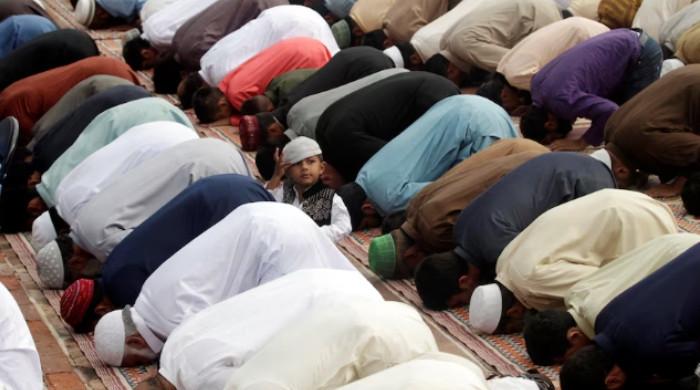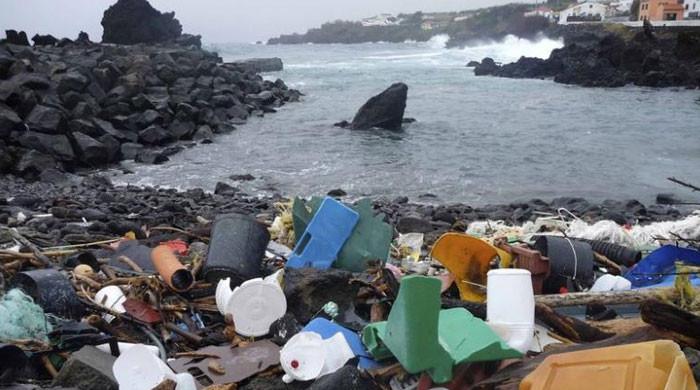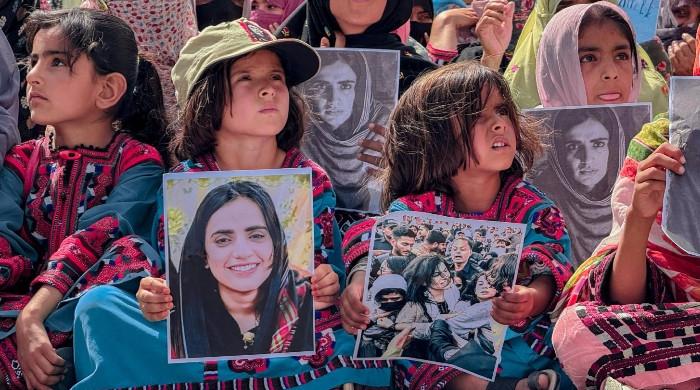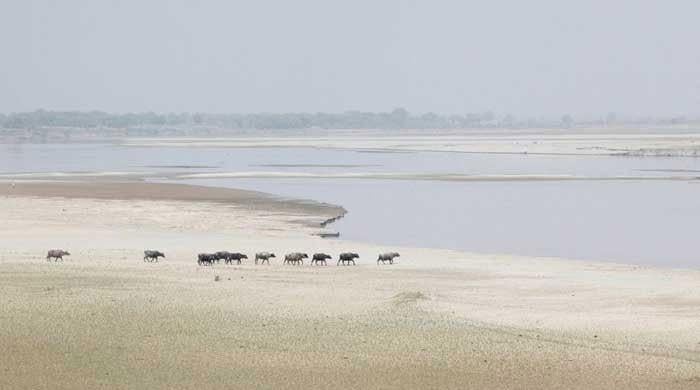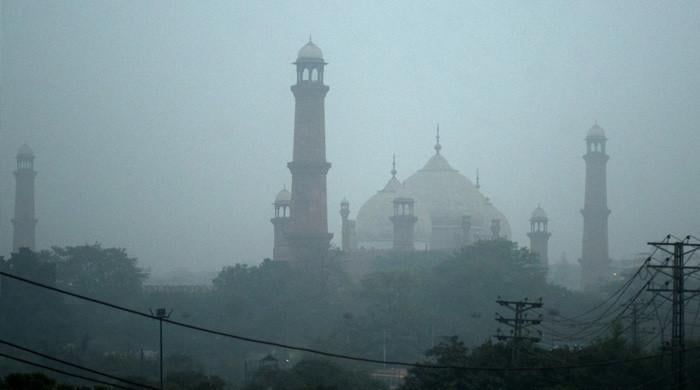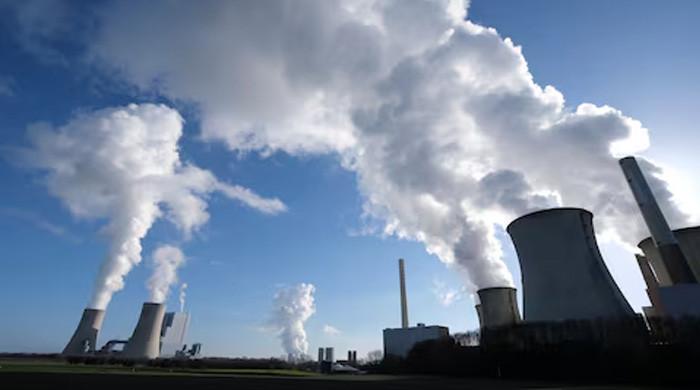Then vs now: Our 77-year journey
Pakistan’s tumultuous start in 1947 [...] hindered its ability to establish stable governance and economic policies
August 14, 2024
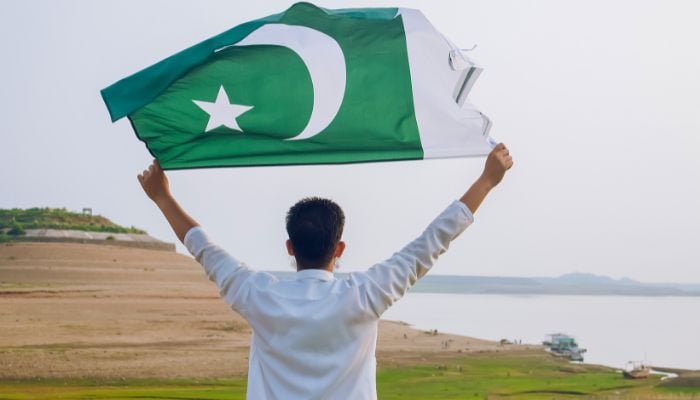
As Pakistan celebrates its 77th anniversary today, it is natural to reflect on its journey of development and growth since gaining independence in 1947.
Looking back at its accomplishments and the opportunities it may have missed, there are various ways to measure its progress. Let us start by taking a historical view and comparing its current situation to where it started.
At the time of independence, the population of what was then West Pakistan stood at 33 million, with a GDP of $3.8 billion and a per capita income of just $85. Agricultural production was modest, with wheat at 3.3 million metric tonnes (MT), rice at 0.7 million MT, and cotton at 1.1 million bales. The industrial base was virtually non-existent, with no steel or chemical production and a mere 292,000 tonnes of cement produced.
Infrastructure was rudimentary, with a total road length of 50,367km, only one road vehicle per 1,000 people, approximately 60MW of electricity generation capacity, and no natural gas supply. Social indicators were equally bleak, with literacy rate at 11%, primary enrolment rate of 5%, and only one medical doctor available for every 23,897 people.
Fast forward to the present day, and the transformation is evident. According to the Economic Survey of Pakistan 2023-24, Pakistan’s GDP has surged to approximately $381 billion, with a per capita income of $1,680. Wheat production has increased 9.5 times, rice yield has grown 14 times, and cotton production has expanded by 9.2 times. The literacy rate has improved significantly, increasing by 5.7 times, while health infrastructure has undergone substantial development. Currently, Pakistan has 44,000MW of installed electricity generation capacity, and the services sector has emerged as a major contributor to the nation’s GDP, highlighting the diversification of the economy.
Managing to cater to 241.3 million people while achieving economic growth is a commendable accomplishment. Pakistan’s ability to sustain such progress amid all sorts of challenges is a testament to its resilience and potential for future development.
Having said that, while cherishing accomplishments, it is also essential to assess the magnitude of missed opportunities over the last 77 years.
One way to assess this is to compare Pakistan’s development trajectory with some of the countries that gained their independence in the mid-20th century, and which were at a similar level of development, and faced their unique set of challenges and opportunities. For the sake of discussion, consider India, South Korea, and China.
India’s GDP has grown from $30 billion in 1947 to $3.7 trillion today. South Korea, starting from a war-torn economy in 1953 with a GDP of $1.5 billion, now boasts GDP of $1.8 trillion. Meanwhile, China has seen its GDP surge from $30 billion in 1949 to $19 trillion in 2023-24. Resultantly the per capita GDP of India, South Korea, and China has risen from $70, $67, and $50 to $2,600, $34900, and $13,720, respectively.
South Korea is an industrialised country that imports most of its food. Meanwhile, both India and China have seen substantial increases in agricultural production. India now produces 107 million MT of wheat, while China produces 134 million MT. The three countries have also made significant progress in electricity generation, not only in terms of quantity but also in the quality of the electricity, as there is increasing reliance on renewable energy sources especially in China and India.
Perhaps the most remarkable progress has been in literacy rates, with India’s growing from 12% to 77% and South Korea and China now boasting a 97% literacy rate despite starting from 20% and 22%, respectively.
The comparison highlights areas where Pakistan could have done better. Despite initially similar levels of development in these four countries, their paths diverged due to different governance models, economic strategies, and external influences. Each of these countries offers valuable insights into diverse models of growth and development.
Pakistan’s tumultuous start in 1947, marked by a violent partition of British India, massive displacement, communal violence, and deprivation of its fair share of resources, hindered its ability to establish stable governance and economic policies. In contrast, India, despite facing its challenges, was comparatively resource-rich at the time of Partition, managed to maintain a unified state structure, and pursued a democratic framework that facilitated political stability and economic planning.
Following its civil war, China established a communist regime in 1949, which implemented extensive land reforms and state control over the economy. This centralised approach allowed for rapid industrialisation and mobilisation of resources, significantly boosting economic growth. China’s focus on education and infrastructure development laid a strong foundation for its later economic reforms.
After the Korean War, South Korea adopted a model of export-led growth, supported by significant American aid and investment. The government implemented strategic industrial policies, fostering sectors like electronics and automobiles, which propelled the country into the ranks of advanced economies. South Korea’s focus on education, innovation, and technology further enhanced its competitive edge in global markets.
While the other three countries maintained consistent economic development frameworks (India remained consistent with import substitution policy until it pursued liberalisation policies in 1991 and has remained consistent with that), Pakistan’s economic policies have frequently shifted between a controlled economy, Islamic socialism, nationalisation, Islamisation, and privatisation lacking a coherent long-term strategy. Currently, it is struggling to privatise loss-making state-owned enterprises.
Looking at the Human Development Index, where Pakistan’s performance is only better than militancy-torn Afghanistan in South Asia, one can infer that its peers invested heavily in human capital. This time, I am not referring to China and South Korea but to its South Asian peers. Reverting to three countries that started their journey with Pakistan, their investment in education and technology led to a comparatively skilled workforce capable of driving innovation and competing in a globalised economy.
Before you get swayed by my arguments for economic development, let us take a pause and remind ourselves that mere macroeconomic growth, devoid of equity, equality, and socio-economic justice for the people, cannot guarantee national stability or sustainable prosperity. To illustrate, despite impressive economic growth under her leadership, Bangladesh’s now-former prime minister Sheikh Hasina encountered large-scale protests demanding socio-economic justice, ultimately leading to her resignation.
Each event that has happened or is happening around us gives us lessons to be learned. As Pakistan looks to the future, it must focus on inclusive growth to ensure all segments of society benefit from economic progress and growth does not become a synonym for elite capture.
Learning from the experiences of its peers, Pakistan should adopt a three-pronged approach to foster inclusive growth and sustainable development.
First, the country should prioritize investments in education, healthcare, nutrition security, and technology. These investments will help build a skilled workforce capable of driving innovation and increasing productivity. By focusing on these areas, Pakistan can lay a strong foundation for sustained economic growth and improve the overall quality of life for its citizens.
Second, investment in human capital must be accompanied by a consistent, long-term economic strategy. Ensuring policy stability and coherence is essential to building confidence (among investors, consumers, producers, and development partners) and addressing the widening trust deficit between the state and its citizens. A clear and consistent economic plan will provide a roadmap for development.
Finally, addressing socioeconomic disparities through policies that promote equity and social justice is crucial for creating a prosperous and inclusive society. Bridging the gap between different societal segments requires strengthening institutions, promoting transparency, and encouraging public participation in decision-making. By fostering an inclusive environment, Pakistan can ensure that growth benefits all its citizens.
On this Independence Day, let us resolve that by adopting these strategies, we will harness Pakistan’s potential for sustainable development, paving the way for a brighter and more equitable future for its people.
The writer heads the Sustainable Development Policy Institute. He tweets/posts @abidsuleri
Disclaimer: The viewpoints expressed in this piece are the writer's own and don't necessarily reflect Geo.tv's editorial policy.
Originally published in The News




